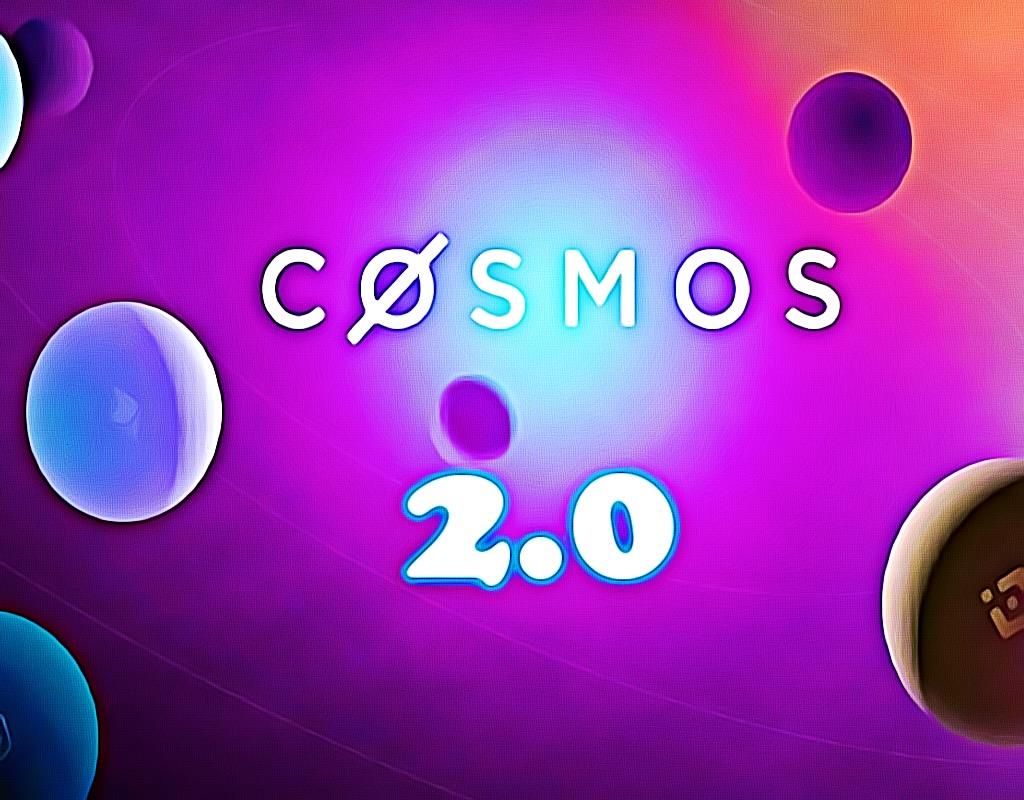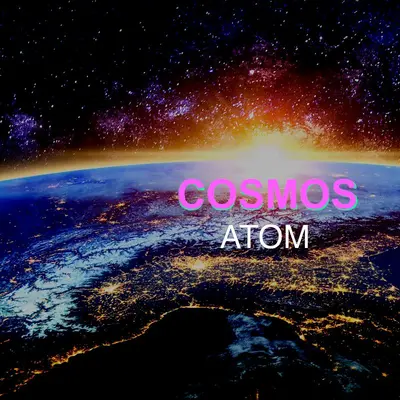Cosmos officially released whitepaper 2.0: What's worth noting?
The Cosmos team has just released the official whitepaper with many proposed changes both in terms of technology and tokenomics on Cosmos Hub. Let's learn about some notable points in this new whitepaper with us!

Cosmos' problem
At the present time, Cosmos Hub does not contribute much value to the development of ATOM token. The main uses of ATOM only include: (i) Staking to act as validators on Cosmos Hub; (ii) Governance (voting on issues related to Cosmos Hub) and (iii) Stakedrop, i.e. stake ATOM tokens to receive an airdrop of tokens from a new blockchain built on Cosmos, but this will be like a marketing method of newer projects is a really valuable usage mechanism for ATOM.
Furthermore, basically all projects can copy and execute the entire core code of Cosmos and add some new features to create a new blockchain of their own, according to Billy. Rennekamp, currently a Product Lead at Cosmos Hub, shares, without using ATOM tokens. These new blockchains will have their own tokens to be used as transaction fees when users use applications on their platforms, and again, the role of the ATOM token for these platforms is close to zero.
Notable points suggested in Cosmos' 2.0 whitepaper
a. About infrastructure
In this 2.0 whitepaper, the Cosmos team has introduced two additional layers of Cosmos Hub functionality: Interchain Scheduler and Interchain Allocator.
Interchain Scheduler will market block space cross-chain to solve the problem of MEV (miner-extractable value).

Like Ethereum, the MEV on Cosmos also has its own marketplace (off the blockchain) for the purpose of sending transactions to the main blockchain. This is an attractive market because the participants in this market are often individuals with the ability to prevent insider trading, front-running, or bundle transactions together to reduce handling costs. As attractive as that is, this market also faces the risk of centralization (since validators will communicate with each other outside the blockchain) and above all, it also causes revenue loss for the project itself and for holders. . Therefore, Interchain Scheduler was created so that changing the order of transactions and maximizing the volume of assets of some individuals is done publicly and transparently right on the Cosmos blockchain itself.
- See also: What is MEV (Miner-Extractable Value)?
Regarding the Interchain Allocator, this layer of functionality will include two main components:
- Covenant: A project will establish a contract, set parameters, and fund according to that parameter. If the other party has a problem with the parameters already set, they can make a new contract with the new parameters. This process will be continuously repeated until both parties agree to the agreements laid out and there are no further changes.
- Rebalancer: This is a tool that implements capital allocation strategies by automatically buying or selling assets based on pre-set rules to help the current asset portfolio be allocated according to the right asset portfolio desire
Covenant and rebalancer will be two effective tools that allow projects to establish partnerships through holding each other's governance tokens, thereby helping new projects on Cosmos attract users and easier liquidity, while also enhancing the long-term commitment between the two parties.

Some potential uses of Interchain Allocator include:
- Established Allocator DAOs with different operational goals to improve the use of Cosmos Hub funds
- Liquidity-as-a-Service: An escrow can be created to use ATOM as leverage to attract liquidity for a new project's token
- Under-collateralized financing (under-collateralized financing) between different blockchain platforms (however, the whitepaper also states that “if the borrowing protocol party cannot debt repayment, they can print more of their own tokens to make up for the loss” (!), the problem will be aggravated when the borrower is forced to sell these tokens to recover the debt)
- Pour capital into trading projects to improve liquidity and reduce the risk of default, thereby also improving the "health" of the entire system.
b. About tokennomics
Contrary to previous speculations, no ATOM combustion mechanism has been proposed. Instead, the Cosmos team introduces a new ATOM printing mechanism that balances promoting cross-chain collaboration with ensuring system security (through the optimal ATOM ratio that needs to be staked by validators). This new monetary policy will have two phases: a transition phase and a sustainability phase. During the first 9 months of the transition period, the number of ATOMs printed will continuously increase (with 10 million ATOMs printed per month) to inject enough capital for the new Cosmos Hub budget and will gradually decrease over the next 27 months until the sustainability period when 300,000 ATOMs are printed per month.

After the appearance of Interchain Security, a portion of transaction fees from chains built on Cosmos (called consumer chains) will be sent to Cosmos Hub to pay validators, delegators and Community Pools for helping to secure the system of these consumer chains.

Notably, this new mechanism will include a list of tokens that are approved to be used as transaction fees and, at the same time, a minimum fee will also be set by the Cosmos Hub administration. The administration will also make a decision on the conversion of tokens collected from transaction fees into a certain currency such as ATOM or stablecoins before allocating them to validators, delegators and community pools.
Conclude
As can be seen, the purpose of the innovations introduced in the Cosmos whitepaper 2.0 still revolves around linking blockchains built on Cosmos rather than adding value to the ATOM token – a controversial issue quite controversial in the Cosmos community. However, some of the applications from these changes that the Cosmos team outlined in the whitepaper still need to be reviewed and discussed more closely to avoid unfortunate incidents and risks to this huge economy in the future.
Fox Crypto News summary
Sep 27, 2022




-400-400.webp)










